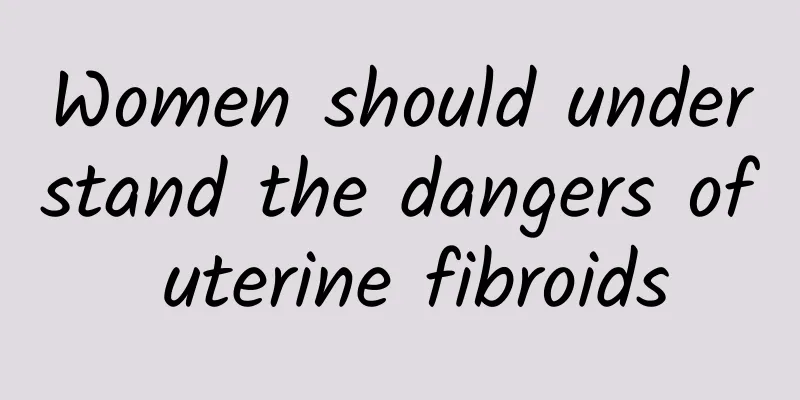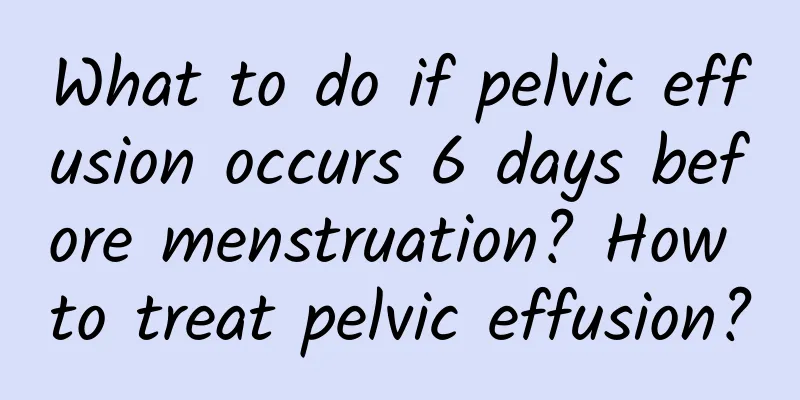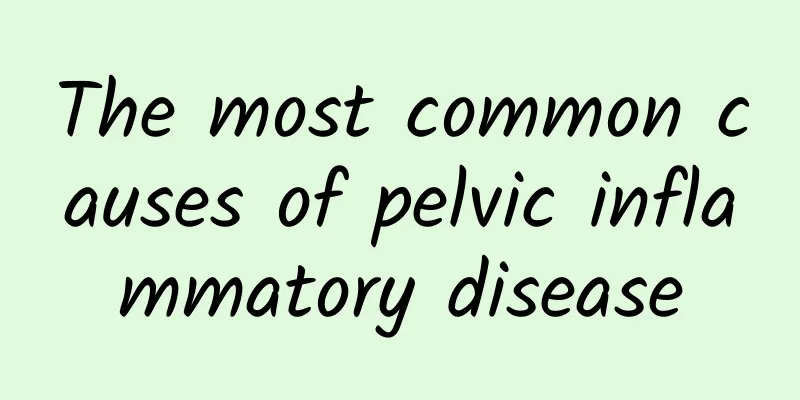Women should understand the dangers of uterine fibroids

|
Uterine fibroids are a type of uterine disease that has attracted the attention of many women. There are more and more patients with uterine fibroids in life. So how much do you know about the harm of uterine fibroids? Next, let the experts analyze for you what the harm of uterine fibroids is, so that you are no longer unfamiliar with it. 1. Infection and suppuration. Uterine fibroids can cause pelvic congestion and infection. The infection is mostly caused by the torsion of the tumor pedicle, while blood-borne infection is extremely rare. After infection, a few patients will form abscesses in the tumor tissue, while the rest will show suppuration. This is the harm of uterine fibroids. 2. Adhesion or inflammation. After the subserosal uterine fibroid pedicle is twisted, intestinal adhesion will occur, which will be infected by intestinal bacteria. The inflamed fibroid will adhere to the uterine appendages, causing suppurative inflammation. On the other hand, the harm of uterine fibroids is that the tumor will also cause pathogenic bacteria to invade other uterine organs due to bleeding, causing gynecological inflammation such as adnexitis and pelvic inflammatory disease. 3. Free fibroids. Subserous uterine fibroids can twist at the pedicle, causing acute abdominal pain. In severe cases, if surgery is not performed immediately, the pedicle may be broken and a free fibroid may form. Of course, the twisted fibroids can also drive the entire uterus, causing axial torsion of the uterus (mostly near the internal opening of the cervical canal), which is also a hazard of uterine fibroids. 4. Secondary anemia. Uterine fibroids can cause excessive menstrual bleeding. Over time, it can cause secondary anemia and even anemic heart disease. In severe cases, patients may experience general fatigue, pale complexion, palpitations, shortness of breath, and other symptoms. 5. Infertility or miscarriage. The harm of uterine fibroids is that the fibroid tissue in the uterine corners compresses the entrance of the fallopian tube, causing the uterus to deform and hinder the implantation of the fertilized egg, eventually leading to infertility. In addition, according to statistics, the spontaneous abortion rate of fibroid patients is also higher than that of ordinary people, with a ratio of 4:1. 6. Malignant changes. Uterine fibroids are benign tumors, but a small number of women still cannot escape the risk of malignant changes (the rate of malignant changes is about 1%), which is particularly prominent in older women. Therefore, those with rapidly growing fibroids or postmenopausal fibroids should be vigilant. The above content is the dangers of uterine fibroids introduced by experts. Everyone should pay attention to it. I hope it will be helpful to you. If you have other questions about the dangers of uterine fibroids, please consult online experts and they will give you detailed answers. |
<<: Experts explain several symptoms of chronic pelvic inflammatory disease
>>: What you need to know about postoperative conditioning for uterine fibroids
Recommend
How to check for pelvic inflammatory fluid
How to check for pelvic inflammatory fluid? Pelvi...
The diet for amenorrhea after miscarriage should not be underestimated
After the curettage, especially after abortion (s...
Eat these 7 superfoods wisely to help burn fat and detoxify!
Improper diet, irregular work and rest, or sittin...
Symptoms of spontaneous abortion in early pregnancy
Pregnant mothers for the first time should be bot...
What department is the flow of people to?
Which department should I go to for abortion? Abo...
What is the pathological mechanism of primary dysmenorrhea?
Dysmenorrhea is something that most female friend...
What should I do if my menstrual flow is heavy?
What should I do if my menstrual flow is heavy? M...
Is it good to drink milk if you have Bartholin's gland?
Is it good to drink milk for Bartholinitis? Barth...
Are the symptoms of cervical precancerous lesions serious?
There are many symptoms of cervical precancer. As...
How can I lose weight if I have a small belly during menopause? Remember these 4 dietary tips! Chinese medicine doctor Zhou Zonghan: This one trick can help you lose belly fat
"It's strange! I obviously don't eat...
What are the treatments for adnexitis?
Adnexitis is a common gynecological disease in wo...
How does Traditional Chinese Medicine understand ovarian cysts?
TCM has a long history of understanding ovarian c...
What medicine is good for irregular menstruation
What medicine is good for irregular menstruation?...
What are the main harmful manifestations of vaginitis?
Many women know about vaginitis. In clinical prac...
Can’t stop eating French fries and potato chips before going to bed? Can’t control your cravings? 4 Tips to Effectively Suppress Appetite
Why do some people always like to eat snacks befo...









